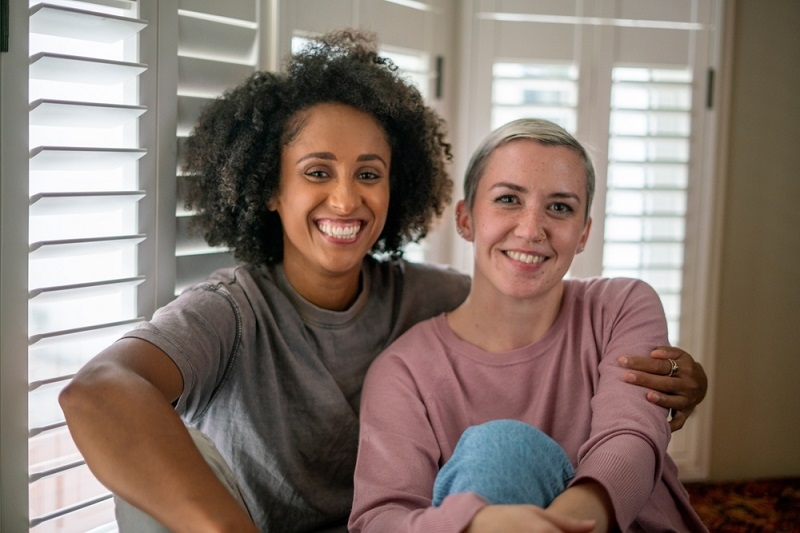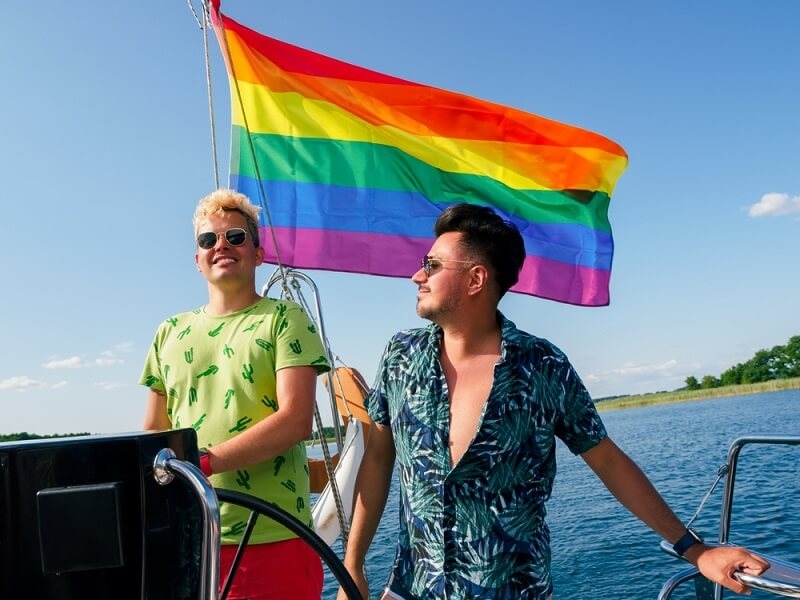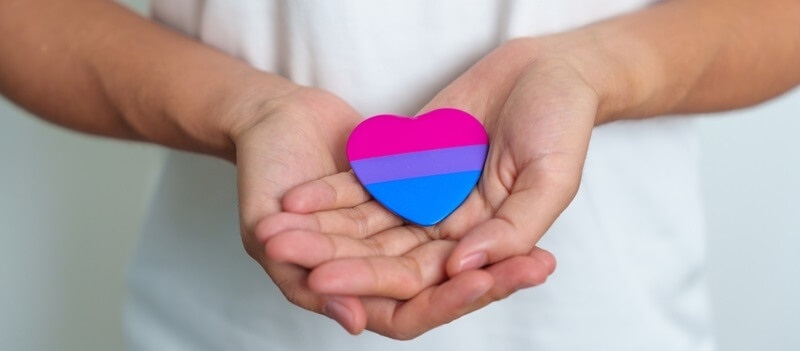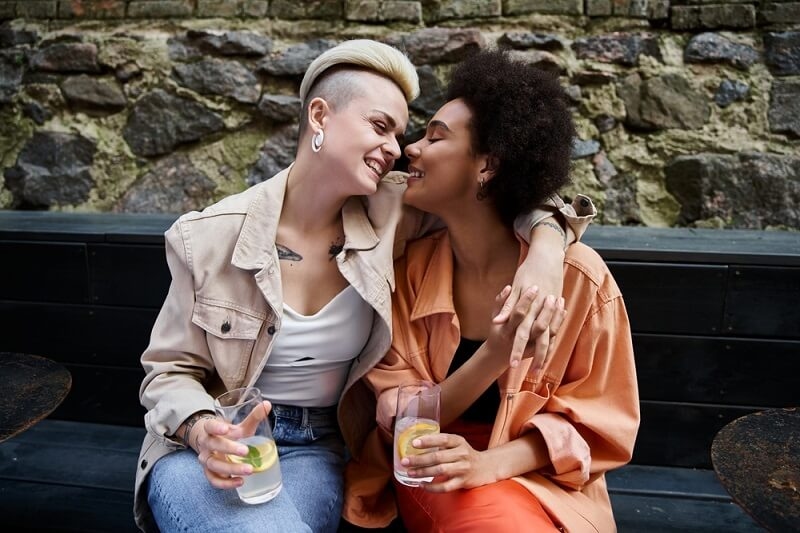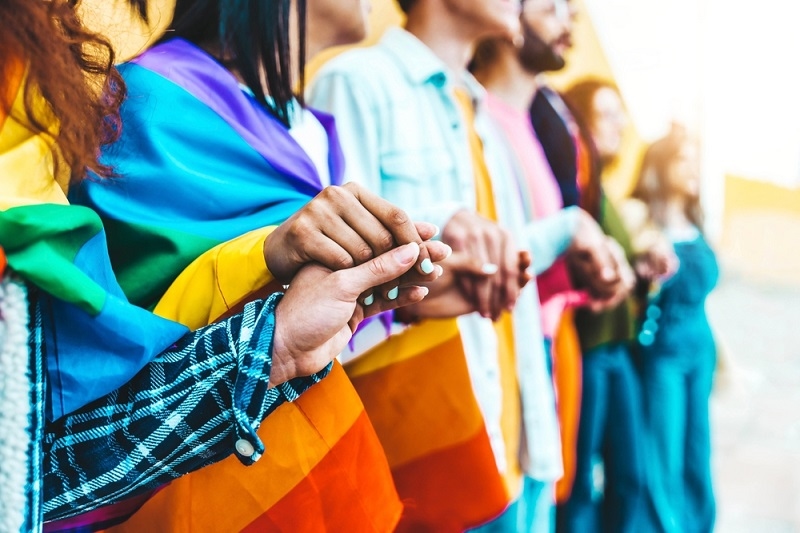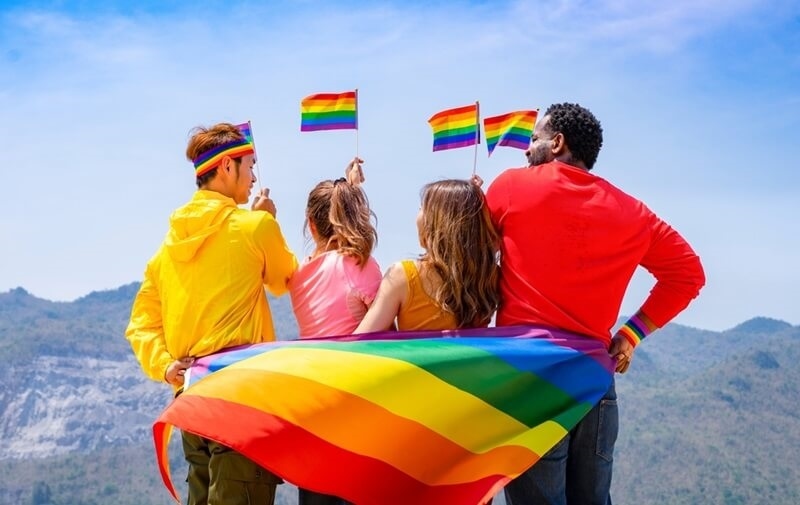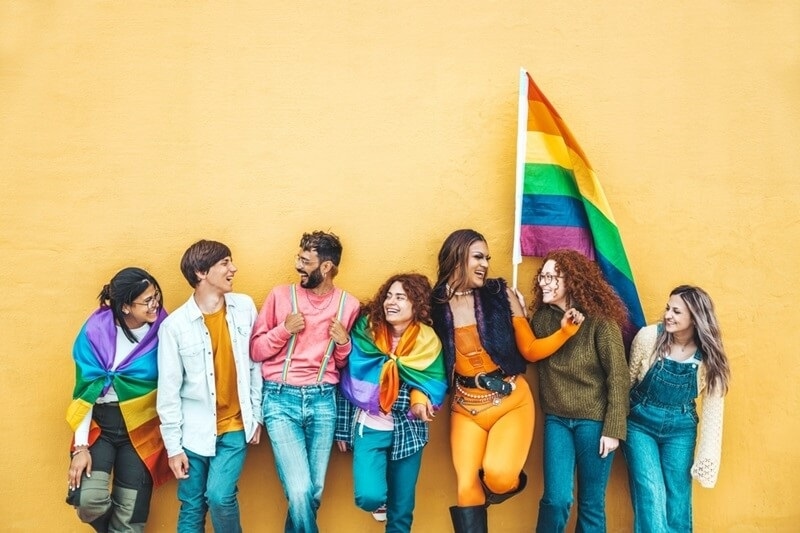Koovagam Festival: Celebrating The Transgender Community

Image: filmingindo.com
The Koovagam Festival is one of the most significant cultural events for the transgender community in India. Held annually, this festival transforms the small village of Koovagam in Tamil Nadu into a vibrant and bustling hub of celebration and rituals. For 18 days, people from across the country and beyond gather to honor their identity and heritage through various ceremonies and activities.
Location and Timing of the Festival
Koovagam, located approximately 200 kilometers from Chennai in the Villupuram district of Tamil Nadu, is the epicenter of this festival. The event takes place in the Tamil month of Chaitra, which typically falls in April or May. This period sees an influx of visitors, particularly from the transgender community, who travel to partake in the festivities.
Significance for the Transgender Community
The Koovagam Festival holds profound significance for the transgender community, providing a space for celebration, unity, and the affirmation of their identity. It is not merely a cultural event but a vital tradition that underscores their religious and social identity, offering a rare opportunity for widespread social recognition and acceptance.
Historical and Cultural Background

Image: filmingindo.com
Origins of the Festival
The origins of the Koovagam Festival are steeped in ancient Indian mythology. The festival is dedicated to Lord Aravan, a lesser-known deity who plays a crucial role in the Mahabharata. According to legend, Aravan volunteered to be sacrificed to ensure the Pandavas' victory in the Kurukshetra war.
Connection to Lord Aravan
Lord Aravan, before his sacrifice, expressed a desire to marry. To fulfill this wish, Lord Krishna assumed the form of Mohini, a beautiful woman, and married Aravan. This story forms the crux of the festival, with transgender women, known as Aravanis, symbolically marrying Aravan during the festival. This marriage, although symbolic and short-lived, holds immense cultural and emotional value for the participants.
Role of Mythology and Religion in the Festival
Mythology and religion are at the heart of the Koovagam Festival. The rituals and ceremonies performed are deeply rooted in the story of Aravan, with each aspect of the festival reflecting a different part of the legend. This religious foundation not only provides a sense of continuity and tradition but also reinforces the cultural identity of the transgender community.
Main Events and Rituals
The Initial 14 Days of Village Rituals
The festival begins with 14 days of rituals performed by the villages surrounding Koovagam. These preliminary activities are diverse and vibrant, setting the stage for the main events. The villagers engage in various traditional practices, each adding to the festive atmosphere.
Arrival of Trans Women on the 15th Day
The 15th day marks a significant turn in the festival as trans women from different parts of the country arrive in Koovagam. This day is a celebration of their identity, marked by rituals and gatherings that highlight their cultural and social significance. The event also provides a platform for discussions on important topics, including the nuances of LGBTQ+ dating in today's world.
Miss Koovagam Pageant
Evolution of the Pageant
One of the most anticipated events during the festival is the Miss Koovagam pageant. Initially started as a beauty contest, this pageant has evolved to become much more inclusive and socially impactful. It now emphasizes not only beauty but also awareness and activism.
Criteria for Participation
Participants in the Miss Koovagam pageant are required to demonstrate more than just physical beauty. They must showcase their knowledge of social issues affecting the transgender community and present plans for creating positive change. This criterion ensures that the pageant serves as a platform for raising awareness and promoting social justice.
Social Impact and Awareness
The Miss Koovagam pageant plays a crucial role in raising awareness about the issues faced by the transgender community. It collaborates with various healthcare, government, and non-profit organizations to highlight these issues and advocate for the rights and welfare of trans people. The event garners significant media attention, helping to bring the struggles and triumphs of the transgender community into the public eye.
The Wedding Ceremony
Symbolic Marriages of Transgender Women to Lord Aravan
The heart of the Koovagam Festival lies in the symbolic marriages of transgender women, known as Aravanis, to Lord Aravan. This ritual is steeped in ancient mythology, wherein Lord Aravan, before his sacrifice, wished to experience marriage.
In response, Lord Krishna transformed into Mohini, a beautiful woman, and married Aravan for a single night. Today, transgender women embody this tradition by symbolically marrying Lord Aravan during the festival. These marriages, though temporary, hold profound spiritual and emotional significance for the participants.
Description of the Wedding Night Festivities
The wedding night is a vibrant and celebratory occasion, marked by a series of elaborate ceremonies and festivities. The atmosphere is charged with excitement as thousands of transgender women gather, dressed in their finest attire, to partake in the symbolic nuptials.
The village of Koovagam transforms into a lively celebration resembling a grand wedding. Music, dance, and traditional rituals are performed, creating an environment of joy and unity. This night is a testament to the strength and resilience of the transgender community, celebrating their identity and existence in a society that often marginalizes them. Amidst the celebrations, participants also raised awareness about challenges like online dating scams that affect their community.
Mourning and Last Rites
The Morning After the Wedding
The morning following the wedding night brings a stark contrast to the celebrations. It is a time of mourning and reflection as the transgender women symbolically experience the death of their husband, Lord Aravan. This day is dedicated to performing the last rites, mirroring the ancient myth where Mohini mourned the sacrifice of Aravan.
Breaking Bangles and Mourning Rites
As part of the mourning rites, the Aravanis break their bangles, which symbolize their marital status. This act signifies their widowhood following the symbolic death of Lord Aravan. The breaking of bangles is a deeply emotional and significant ritual, marking the end of the short-lived marital union.
The participants also perform other traditional last rites, such as lamenting and participating in a communal mourning ceremony. These rituals are powerful expressions of grief and loss, providing a space for the community to collectively mourn and heal.
Emotional Significance for Participants
The mourning rites are not just symbolic acts but carry immense emotional weight for the participants. For many, it is a deeply personal and cathartic experience, reflecting their struggles and resilience.
The rituals allow transgender women to connect with their spirituality and cultural heritage, providing a sense of closure and continuity. The collective mourning also reinforces the bonds within the community, fostering a sense of solidarity and shared identity.
Community and Inclusivity
Gathering of the Transgender Community
The Koovagam Festival serves as a significant gathering for the transgender community, drawing people from across the country. It is a rare occasion where transgender individuals can come together in a safe and accepting environment to celebrate their identity. The festival provides a platform for social interaction, cultural exchange, and mutual support, strengthening community bonds.
Sense of Belonging and Identity
For many participants, the Koovagam Festival is more than just a religious event; it is a vital affirmation of their identity and existence. The rituals and ceremonies create a space where transgender individuals can express themselves freely and proudly. This sense of belonging is crucial for a community that often faces discrimination and marginalization. The festival empowers them to embrace their identity and heritage, fostering a sense of pride and self-worth.
Role of the Festival in Promoting Inclusivity
The Koovagam Festival plays a pivotal role in promoting inclusivity and awareness about transgender issues. By drawing attention to the cultural and spiritual significance of the transgender community, the festival challenges societal norms and prejudices.
It highlights the rich cultural traditions and contributions of transgender individuals, advocating for their acceptance and integration into mainstream society. The event also collaborates with various organizations to address social issues and promote the rights and welfare of the transgender community.
You may also like: The Ultimate Guide to the 90-Day Fiance Gay Couple: An Exciting Look at Their Journey.
Conclusion
The Koovagam Festival is a profound celebration of transgender identity, culture, and spirituality. It blends ancient mythology with contemporary social activism, providing a unique platform for the transgender community to assert their identity and rights. The festival's rituals, from the symbolic marriages to the mourning rites, are powerful expressions of the community's resilience and solidarity.
The Koovagam Festival is a testament to the unifying power of mythology and religion. It demonstrates how cultural and religious traditions can create inclusive spaces that celebrate diversity and foster a sense of belonging. By honoring the ancient legend of Lord Aravan, the festival brings together transgender individuals from various backgrounds, promoting unity and acceptance. It underscores the potential of cultural and religious events to drive social change and build inclusive communities.
This content was created by AI






